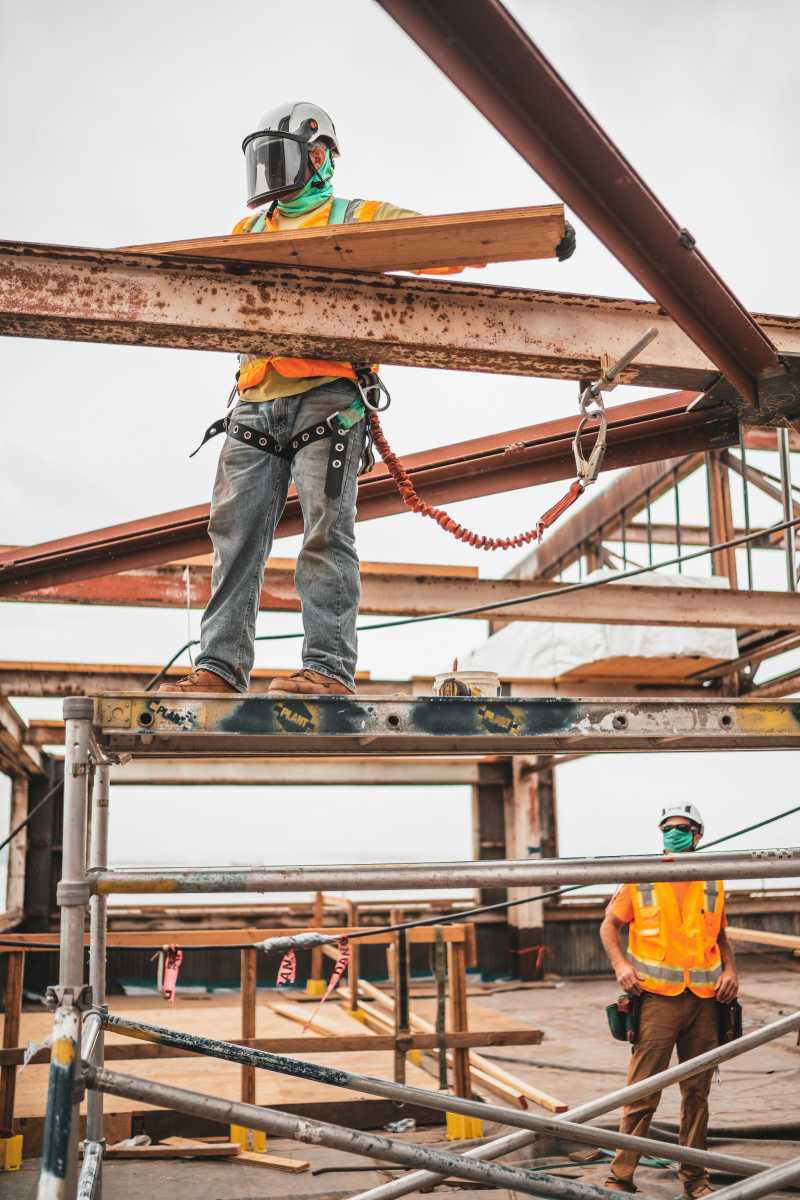Architecture beam design plays a crucial role in determining the structural integrity of buildings. Beams are horizontal structural elements that support the weight of a structure and transfer loads to the vertical columns. The design of beams directly impacts the overall strength and stability of a building, as well as its ability to withstand various environmental factors such as wind, earthquakes, and temperature fluctuations.
One of the key factors that influence the performance of beams is their material composition. Common materials used in beam construction include wood, steel, and concrete. Each material has its own strengths and weaknesses, and the choice of material depends on several factors such as the size of the building, the expected loads, and the architectural design. For example, steel beams are known for their high strength-to-weight ratio, making them ideal for supporting heavy loads over long spans. On the other hand, wooden beams are often used in residential construction due to their aesthetic appeal and ease of installation.
In addition to material selection, the size and shape of beams also play a critical role in determining their structural integrity. The size of a beam is determined by factors such as the span length, load requirements, and building codes. Beams that are too small or improperly sized can lead to structural failure, while beams that are oversized can result in unnecessary material costs and reduced efficiency. Similarly, the shape of a beam can impact its ability to resist bending, shear, and deflection forces. Common beam shapes include I-beams, T-beams, and box beams, each with their own advantages in terms of strength and stiffness.
Another important aspect of beam design is the placement of beams within a building structure. Beams are typically arranged in a grid pattern to evenly distribute the weight of the building and provide support for floors, walls, and ceilings. Improper beam placement can lead to uneven weight distribution, structural instability, and potential collapse. In addition, beams must be properly connected to columns, walls, and other structural elements to ensure a seamless load transfer and prevent separation under stress.
Overall, architecture beam design is a critical component of building construction that directly impacts the structural integrity of a building. By carefully selecting materials, sizing beams, choosing appropriate shapes, and placing beams strategically within a structure, architects and engineers can ensure that buildings are safe, durable, and able to withstand a variety of external forces. In the ever-evolving field of architecture, beam design remains a fundamental element that must be carefully considered to create buildings that are both aesthetically pleasing and structurally sound.
For more information visit:
Beam Designs
https://www.beam-designs.co.uk/
London, United Kingdom
Discover the perfect balance of style and function with Beam Designs. Our innovative approach to modern design will transform your space into a work of art. Stay tuned for our latest collection of handcrafted furniture and home accessories that will elevate your home décor to new heights. Experience the magic of Beam Designs and unlock your home’s true potential.

